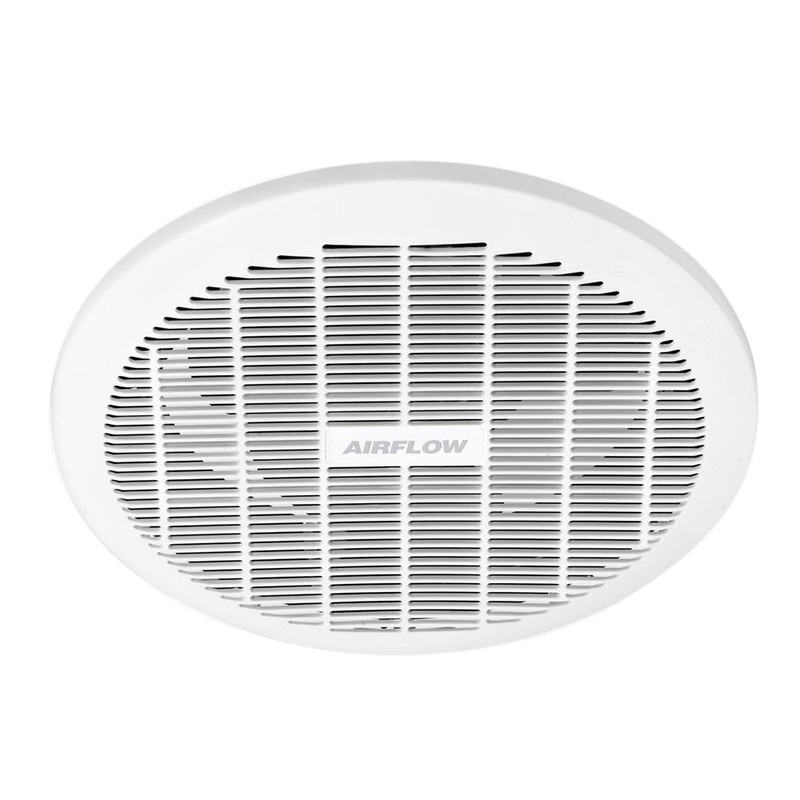

Metal blades are the most durable type of blades for all ceiling fans. However, this does not affect the noiselessness of wooden blade fans. Notwithstanding, to make them last longer and protect them from being affected by the moisture in the air, wood blades are now infused with plastics by manufacturers. If you are keen on a noiseless fan, wooden blade fans are your best option, but you should know that it does not produce more air like other types of blades. This type of blade is commonly used in the bedroom because they produce less noise. Wood blades can last longer because of their rigidity. Wooden fans are made from oak, pine, and mahogany. Below is a detailed description of the type of blade materials and how it affects air circulation. A fan with a heavy blade-like metal tends to make more noise than a fan blade made out of plastic. As fans spin and produce air, they make noises. Noise is also another factor to consider. If the weight of a ceiling fan blade is too light, it could circulate less air than a fan that has heavier blades. You need to note that the size, number of blades, and material used in making the blades, will determine how efficient your fan will be. It is also important to consider the right blade as this affects airflow movement. Factors like size, energy, and type of motor. There are many factors to consider when selecting or buying a ceiling fan. On the other hand, a strong motor will make the fan last longer. A weak motor may make the ceiling move slowly. The motor of your fan can also be affected by the airflow. If your fan is too close to the ceiling, it can affect the airflow from the fan.

The distance you hang your fan from your ceiling also determines how much air it can circulate. A wider shaped blade may translate to slower airflow. When getting a fan, you should also check for the style of the blade. CFM less than 4,000 would mean less airflow. The easiest way to discover a good airflow for your fan is to check the CFM information on the fan. When buying a ceiling fan, it is essential you check the airflow. Let's say you have a three-ton system, you will need to multiply it by 400 to have a 1,200 CFM.

When you have figured out the proper CFM amount your system needs, you will need to add 400 CFM for every ton of cooling. The volume of airflow a fan produces per foot is measured by CFM.Ī typical fan needs air to work efficiently. Without enough air, your cooling and heating system will not work. What Is CFM And Airflow In A Ceiling Fan?ĬFM stands for cubic feet per minute.
1987 CFM AIRFLOW CEILING FAN SKIN
The ceiling fan brings air downwards and cools away the hot layer of air, thereby evaporating the heat around your skin and giving your skin a cooling sensation. Your body radiates heat with a hot layer of air surrounding your skin. The movement of the blade moves the air around it, forcing it downwards. This charge is transferred to the blade and makes it turn clockwise. When the electric current hits that wire, it forms a magnetic charge.

Keep reading to learn more about how a ceiling fan works and the features of an effective ceiling fan.Īn electrical current flows to the motor wrapped in a wire when you switch on a fan. The airflow is on the high side if it ranges above 6,000 to 10,000 CFM.īefore buying a ceiling fan, airflow is one of the essential factors to consider. A unit with more than 5,000 CFM will have even more efficient airflow. Because not all ceiling fans operate the same, you need to choose a fan with good airflow for the best results We have done proper research to assist you, and here's what we found.Ī ceiling fan with good airflow should have a minimum of 4,000 to 5,000 cubic feet per minute or CFM. Feeling cool air from the fan blow over you on a hot and sweaty day is refreshing.


 0 kommentar(er)
0 kommentar(er)
